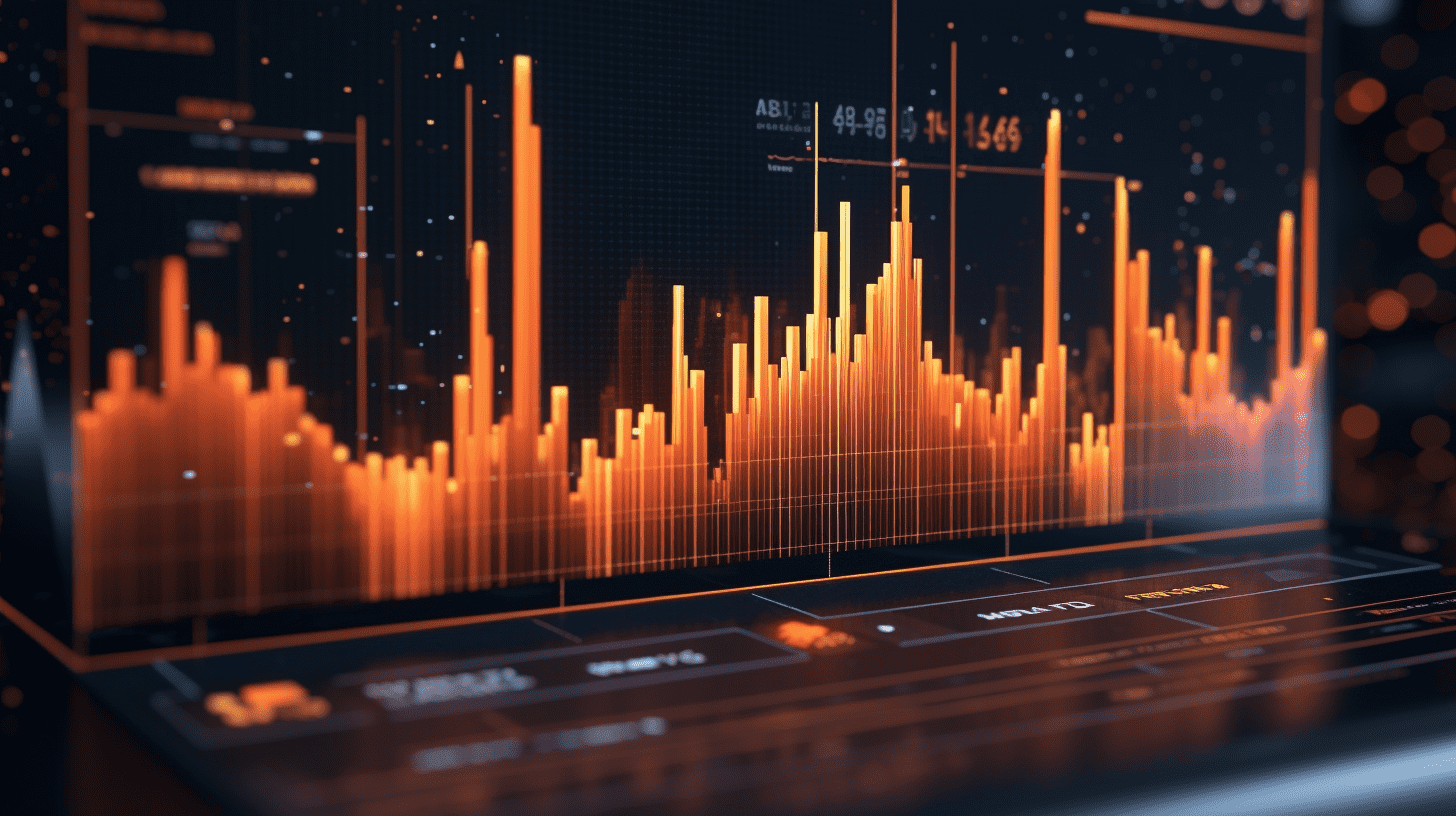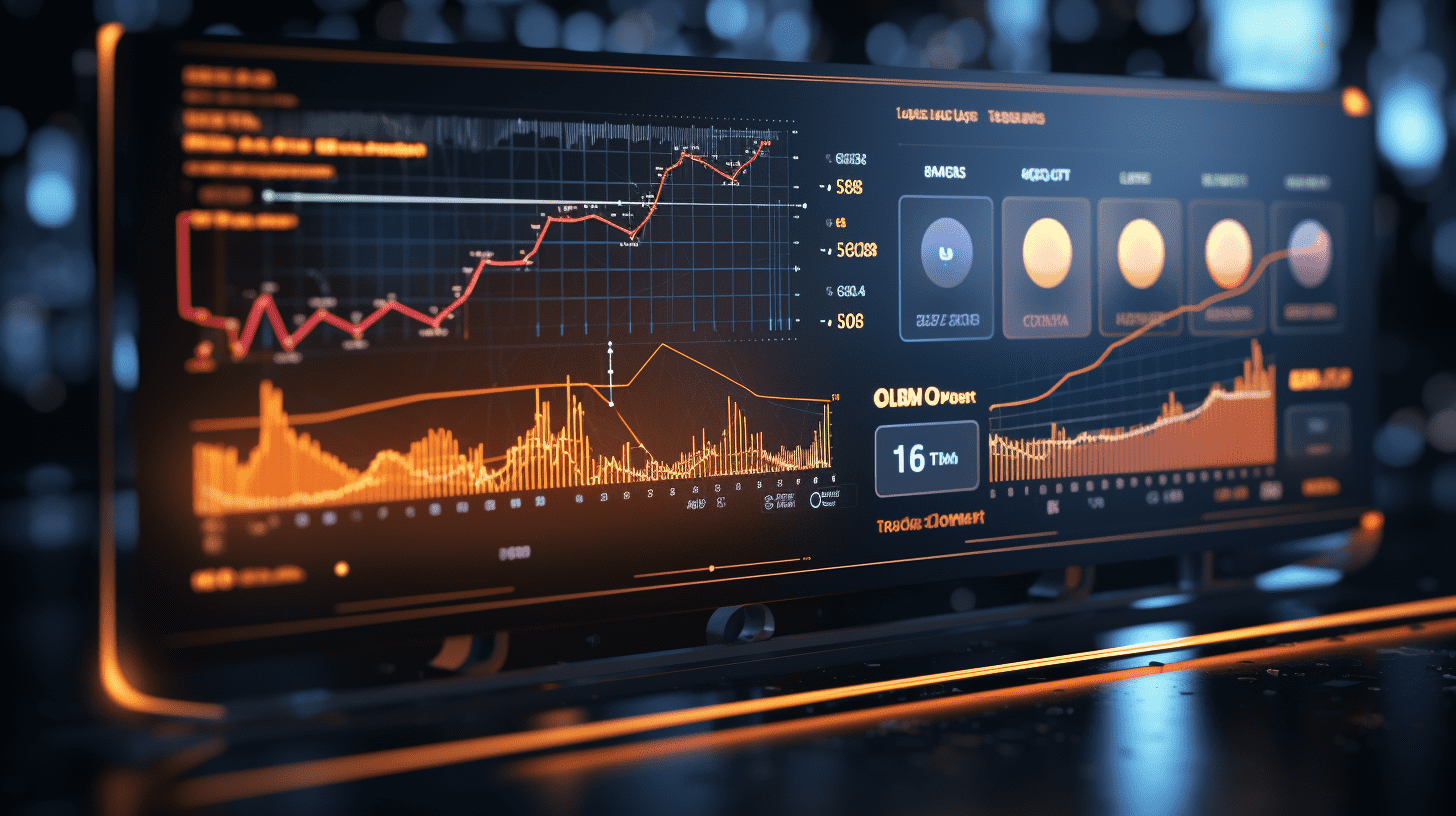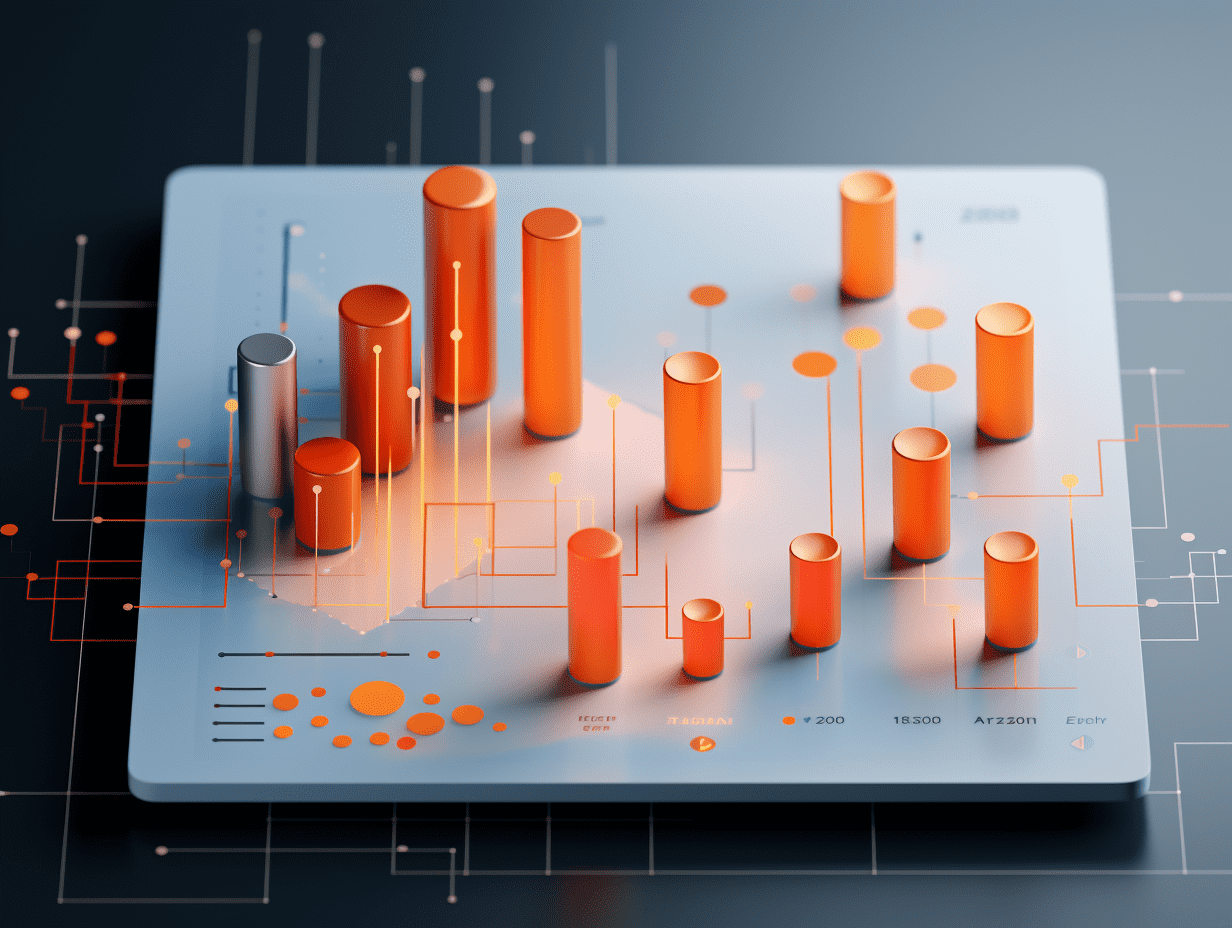Global government bond sell-off spreads to Japan with the 40-year government bond yield rising to its highest level since 2007.
On Tuesday, the yield on Japan's 20-year government bonds reached its highest level since 2011, driven by inflation and fiscal concerns that had caused global bond yields to rise sharply.
In the context of a rare wave of sell-offs in the global government bond market, as well as market expectations that the Bank of Japan will continue to raise interest rates in the coming months, the long-term Japanese government bond yields have been steadily rising since the beginning of 2025. Among them, the yield on 40-year Japanese government bonds hit a historic high, soaring to the highest level since the issuance of this long-term government bond in 2007.
During the Asian trading session on Tuesday, the yield on 40-year Japanese government bonds rose by 3 basis points to 2.755%, reaching the highest level since the Japanese government issued this long-term sovereign bond in 2007. After a public holiday on Monday, the Japanese government bond and stock markets reopened this morning, and subsequently the yield on 20-year Japanese government bonds also rose significantly, continuing the upward trend since the beginning of 2025, and has now reached the highest level since May 2011.
Due to concerns in the market about the return of the "inflation beast" in the US market, as well as the ever-expanding US fiscal deficit driven by huge debt service and welfare expenditures, the yield on 10-year US Treasury bonds, known as the "anchor for global asset pricing," has been soaring since Trump's victory in November. On Monday, it even briefly touched 4.8% in US Eastern time, reaching the highest level since October 2023. This wave of government bond sell-offs has spread to the global bond trading market, causing sovereign bond yields around the world to continue to rise, with the UK and Japan being countries most affected by the "US bond spill-over effect."
Last week, global headlines mainly focused on the continued strong economic data in the US, prompting the market to reassess inflation expectations and the prospect of rate cuts by the Federal Reserve. Wall Street investment institutions, including Bank of America, even started pricing in the possibility of no rate cuts by the Fed for the whole year of 2025. This hawkish market expectation, combined with the ever-expanding US debt interest payments under Trump's new government focused on "tax cuts domestically + tariffs externally" to drive economic growth and protectionism, may force the US Treasury to issue more debt in the "Trump 2.0 era," as opposed to the Biden government who spent like money was endless, leading to a significant sell-off in the bond market.
After turning hawkish in December, the Fed's stance has turned to "higher for longer," pushing the market to start pricing in the possibility of no rate cuts in 2025 and continued expectations of rising neutral rates. The more important logic lies in the fact that the "Trump 2.0 era" may accelerate inflation and the issuance of government bonds, as well as the federal budget deficit, leading to large US debt-holding countries like China and Japan under "de-globalization" refusing to increase their US debt holdings, not ruling out significant reductions. Bond investors are increasingly concerned about the Treasury's ability to repay the ever-rising debt interest from the massive borrowing in recent years, thus pricing in higher long-term US Treasury bond yields.
"The Japanese long-term government bond yields are rapidly rising to the highest level in many years," said Daiki Omori, chief strategist at SMBC Nikko Securities in Tokyo. "With the rise in long-term US Treasury yields and expectations of an interest rate increase by the Bank of Japan, there is room for further increase in long-term Japanese government bond yields."
Investors in the Japanese government bond market are almost all preparing for the potential continued interest rate hikes by the Bank of Japan in the coming months. BOJ Governor Kuroda said in a key speech last week that if the Japanese economy continues to improve this year and inflation and wage growth remain healthy, he will support rapidly raising the base interest rate, but did not give any specific hints on the timing of the next rate hike.
Overnight index futures pricing in the Japanese market shows a 59% probability of a rate hike announcement at the BOJ meeting next week, with the probability of a rate hike in March reaching as high as 84%. BOJ Deputy Governor Nakano Ryoichi said at a speech in Kanagawa on Tuesday that BOJ members will discuss whether to hike rates this month, but acknowledged various risks at home and abroad, especially those related to yen carry trades, which has weakened expectations for a rate hike in January but still betting that the BOJ will raise rates by at least 50 basis points this year.
In an increasingly divided "de-globalization" era, the market is betting on the ever-expanding US debt interest, military defense spending, and domestic welfare-led US fiscal expenditures will embark on a path of significant expansion, fueling concerns about the sustainability of the increasingly massive US government debt and long-term inflation risks, intensifying fears in the financial markets of the "term premium" having a comeback, as the "anchor for global asset pricing" gears up to approach 5%.
Related Articles

The United States economy may face the risk of recession! Director Milan urges the Federal Reserve to take a more "dovish" stance.

A stunning epic narrative is sweeping through the cryptocurrency circle: Cryptocurrencies are expected to become "too big to fail" by 2026.

When Wall Street is all bullish, is the U.S. stock market in danger?
The United States economy may face the risk of recession! Director Milan urges the Federal Reserve to take a more "dovish" stance.

A stunning epic narrative is sweeping through the cryptocurrency circle: Cryptocurrencies are expected to become "too big to fail" by 2026.

When Wall Street is all bullish, is the U.S. stock market in danger?






